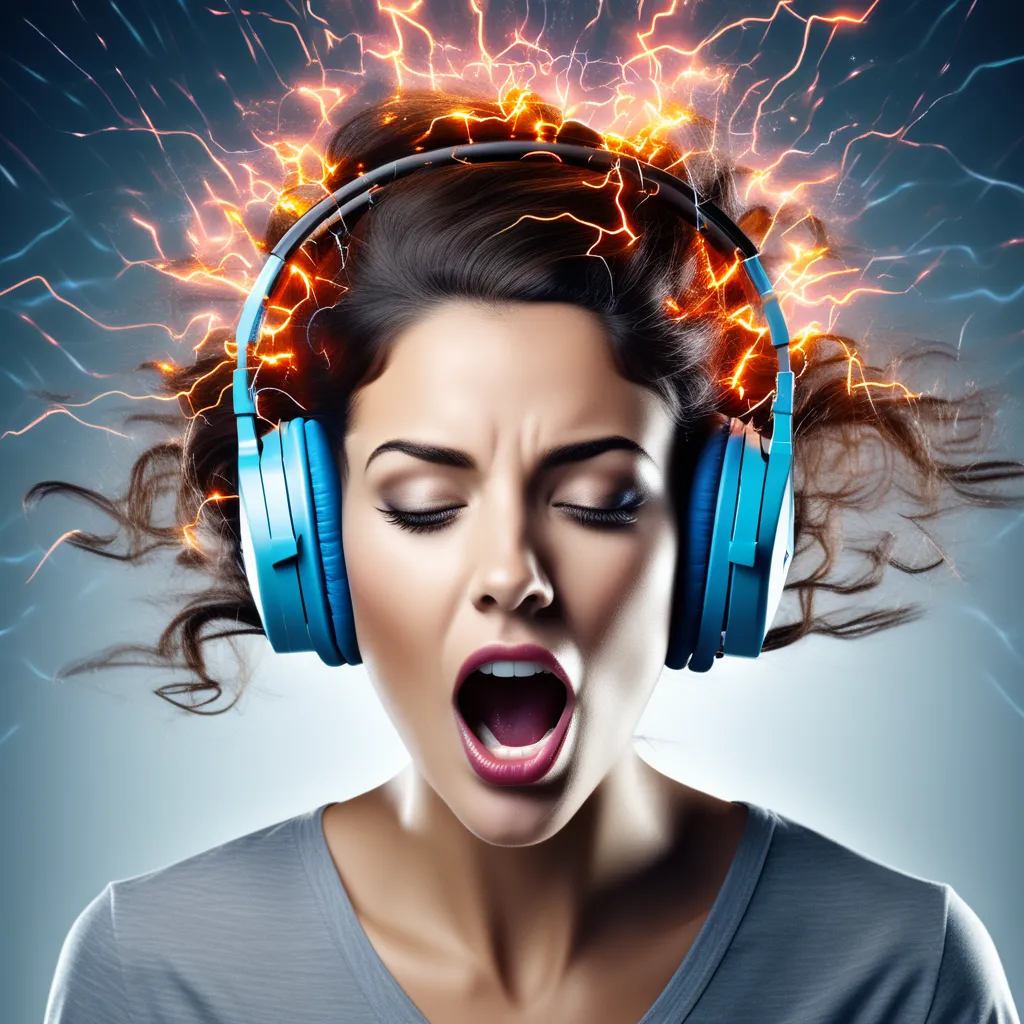Breakthrough in Non-Invasive Brain Stimulation Treats Depression
Depression is a silent battle that many people face, including some of my closest friends and family members. Over the years, I've seen the toll it can take on individuals and their loved ones. So, when I heard about the breakthrough in non-invasive brain stimulation for treating depression, it was not just a scientific discovery to me; it was a ray of hope for those who have struggled with this debilitating condition.

The Weight of Depression
Depression is often described as a heavy cloud that hangs over one's life, making even the simplest tasks feel like insurmountable obstacles. My best friend, Sarah, experienced this firsthand. She used to be the life of the party, but depression gradually turned her into a recluse. It was heartbreaking to see her lose interest in the things she once loved.
1. The Impact on Loved Ones
Sarah's depression didn't just affect her; it had a ripple effect on her family and friends. We felt helpless, not knowing how to alleviate her pain. We tried our best to be there for her, but we wished for a solution that could truly make a difference.
2. The Search for Solutions
For years, Sarah tried various treatments, from therapy to medication. Some helped, but the relief was often temporary. We kept hoping for a breakthrough that would offer a more lasting solution.
The Promise of Non-Invasive Brain Stimulation
When I first heard about non-invasive brain stimulation as a potential treatment for depression, I was cautiously optimistic. It sounded like something from a sci-fi movie, but the results were undeniably real.
1. How It Works
Non-invasive brain stimulation, also known as transcranial magnetic stimulation (TMS), involves using magnetic fields to stimulate specific areas of the brain. This gentle approach doesn't require surgery or medication, making it a promising option for those who are resistant to other treatments.
2. Sarah's Journey
Sarah decided to give TMS a try. I remember accompanying her to the treatment sessions. The procedure was painless and didn't require anesthesia. Sarah described the sensation as a tapping on her scalp. It was a relief to see her finally hopeful about a treatment.
The Results and Hope
As the weeks went by, we noticed a remarkable change in Sarah. Her energy returned, and the cloud of depression began to lift. It was as if she had found herself again. TMS had provided her with a path to recovery that had previously seemed unattainable.
1. The Transformative Power
Sarah's story is just one example of the transformative power of non-invasive brain stimulation. Many others have experienced similar results, and the medical community is increasingly recognizing TMS as a valuable tool in the fight against depression.
The Future of Depression Treatment
The breakthrough in non-invasive brain stimulation has opened new doors in the treatment of depression. While it's not a one-size-fits-all solution, it offers hope to those who have exhausted other options. It's a reminder that science and innovation can bring light into the darkest corners of our lives.

1. A Multifaceted Approach
It's important to note that depression is a complex condition, and treatment approaches can vary from person to person. Non-invasive brain stimulation is just one piece of the puzzle. Combining it with therapy, lifestyle changes, and a support system can lead to even more positive outcomes.
In conclusion, the breakthrough in non-invasive brain stimulation for treating depression is not just a scientific advancement; it's a beacon of hope for individuals like Sarah and their loved ones. It reminds us that even in the face of the most formidable challenges, there is always room for innovation and the possibility of brighter days ahead.

No comments:
Post a Comment